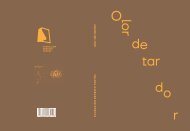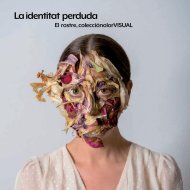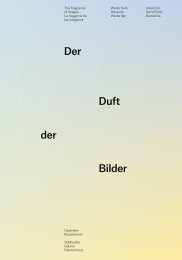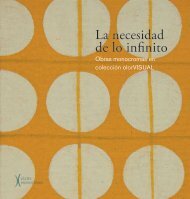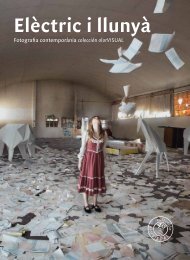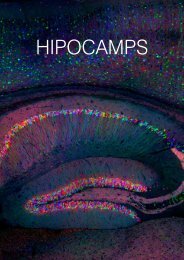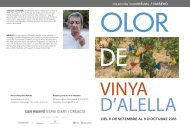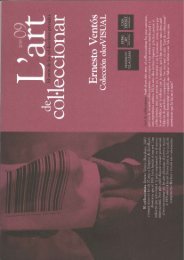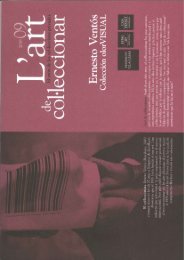You also want an ePaper? Increase the reach of your titles
YUMPU automatically turns print PDFs into web optimized ePapers that Google loves.
Olfactory notes by Ernesto Ventós<br />
· The sense of smell is the first sense we develop at birth. This being so, we grow up<br />
surrounded by smells: of our family, of food, of the neighbourhood, of school.<br />
· All of my memories of my family are linked to smells: wet earth with eucalyptus,<br />
cups of tea at my grandmother›s, mothballs in drawers and wardrobes, tobacco…<br />
· Art is a coded language, which makes it absolutely necessary to acquire a<br />
specialized vision of it. The same is true of perfume: breathe in through the<br />
nose, smell to reveal its codes.<br />
· The way we look at the outside world is not the same as the way we look at a work<br />
of art. This latter mechanism of perception may be similar to how smell works.<br />
· The (olfactory) note may be pleasing or disagreeable, well constructed, even<br />
original, surprising and attractive … but one can always find something<br />
missing, something hard to possibly explain that will possibly give it charm, it<br />
seems to me. That›s why I always insist that love is an essential component of<br />
the perfumer´s craft.<br />
· A landscape whose contemplation requires no effort can be as interesting and<br />
as rich in suggestions as a painting or a sculpture that is unique in the world. In<br />
many cases they are like the smells that people admire, which most of the time<br />
are grand, but not necessarily beautiful.<br />
· The scale I practice in smelling each day is:<br />
Smelling art<br />
Smelling the neighbourhood<br />
Smelling colour<br />
Smelling characteristics<br />
· Oler y comprender is a work by Bernard Rancillac. Learning to smell in order<br />
to understand—understanding in order to smell better: this is my own personal<br />
adaptation of the title to prove that another sense, such as smell, can also<br />
facilitate our comprehension of the language of art.<br />
· As Rancillac observes, ‹… no one has ever become a painter from the mere<br />
fact of contemplating nature, a beautiful tree, a beautiful woman …,› and<br />
no one has ever become creator of essences from the mere fact of smelling a<br />
wonderful fragrance.<br />
· Artists express themselves by means of gestures; at once form and colour,<br />
volume and movement, their intrinsic qualities serving to manifest elegance<br />
in a line, sensibility, aggressiveness, sensitive, dry, shy, sensual and so on,<br />
qualities that are also, curiously enough, apparent in fragrances.<br />
· It is this interrelation between the world of art and the world of fragrances<br />
that very often allows me to interpret a work of art according to the criteria for<br />
appreciating a fragrance.




